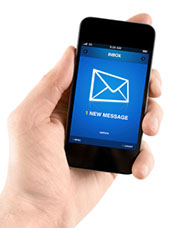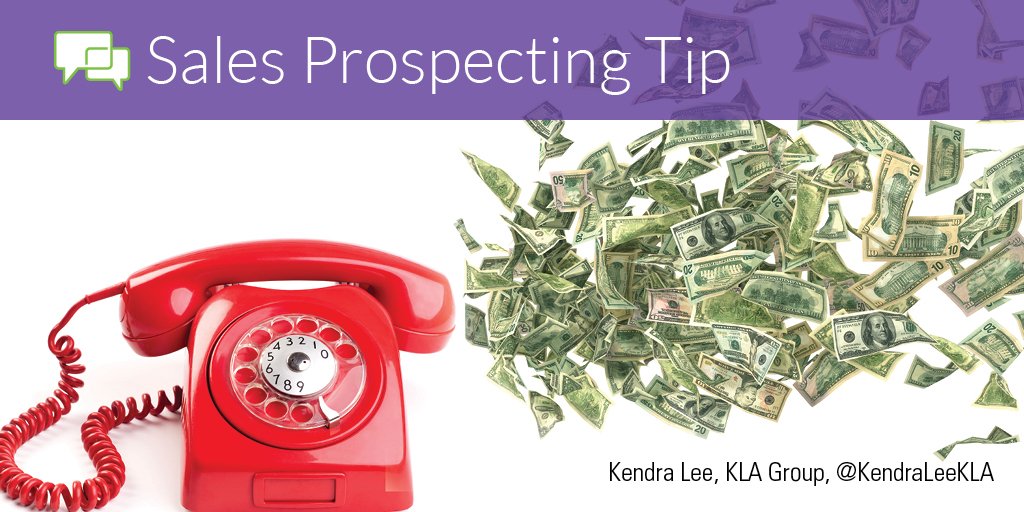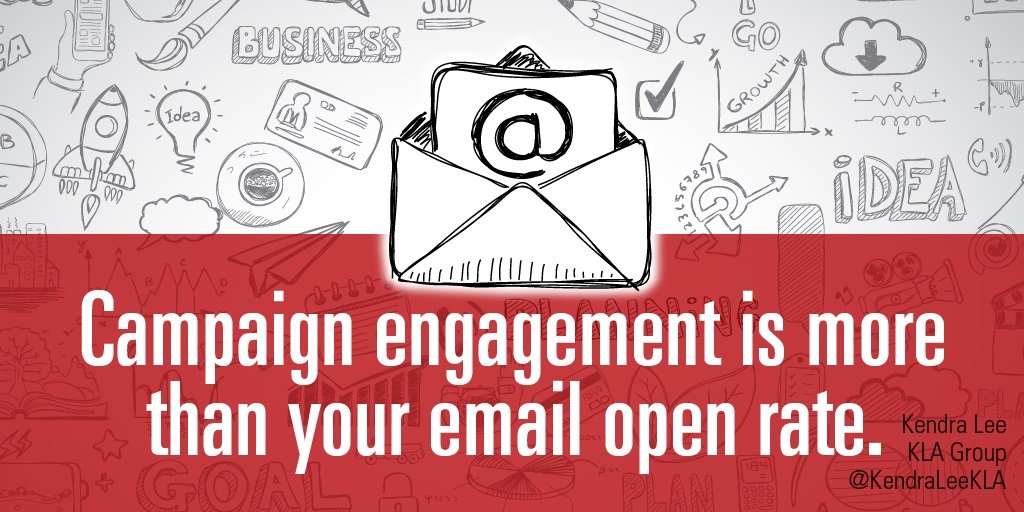 Expectations and how email is used have changed. Many customers
Expectations and how email is used have changed. Many customers
now expect you to hold whole conversations via email, sometimes
with emails flying within minutes of each other, just as if they
were instant messages or a phone call. With these changes email
is now as important as face-to-face meetings and phone calls.
Here are some tips to consider when making email a primary customer
interaction tool:
- View email as the new prospecting tool. After you leave a voicemail, follow-up with an email,
giving prospects 2 easy ways to respond. Remember, your goal
is to connect with the person. Even if they respond “no”, you’ve
connected and can respond to try to generate an interest. - Keep the sales process moving forward. Use emails to ask requirements gathering questions, get referrals,
make recommendations, and provide updates. - Respond to all emails with action items
promptly. You return phone calls within 1-24 hours.
The expectation now is that you’ll return emails within 30 minutes
– 12 hours. If you can’t respond completely, send an email setting
expectations about when you will send a full response. - Think – and proof – before you send. Sometimes it’s best to draft a response, then wait 30 minutes
before sending. You may choose to soften, shorten, or otherwise
change your response. - You may need a hand-held device such as
a Blackberry to keep up. Consider what tools you need
to stay on top of your emails, responding to your customers
more real-time, and make the investment. - Schedule daily time on your calendar to
respond to emails. Consider this equal to customer meeting
time. If you’re holding complete customer conversations via
email, you really are holding a meeting. What’s the difference?
Give it equal time for well thought out responses and next step
requests.
There are many benefits to using email: ease of connection and a better
way to communicate are only a few. I recently had a prospect that
was interested in having us do some training development work for
her firm. She emailed me and explained exactly what she needed and
requested a quote. When I requested a phone meeting to learn more
like every good sales rep, she declined. She was the decision maker
and I had to have the answers. So, I asked her all my questions through
email and prepared a proposal based on her answers. With my proposal
in hand, and without a single verbal conversation, she not only accepted
it, but increased it by 20% to cover any changes in scope!
While this situation’s unusual, it’s becoming more and more common
for customers and prospects to prefer to answer questions and move
opportunities forward through email while limiting their number
of meetings. Be prepared and you’ll soon find yourself reducing
your sell cycle and closing opportunities through email, too! Now
isn’t that cool?



